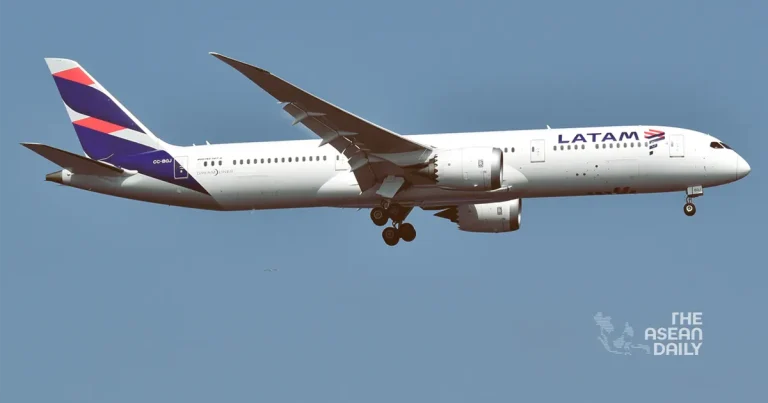20-8-2024 (NEW YORK) US aviation regulators have ordered comprehensive inspections of pilot seats on hundreds of Boeing 787 Dreamliner aircraft. The directive, announced on Monday, 20 August, by the Federal Aviation Administration (FAA), comes in the wake of a harrowing incident in March that resulted in numerous passenger injuries.
The FAA’s decision stems from a deeply concerning report of “uncommanded movement of the captain’s seat in the forward direction that caused a rapid descent” during a flight. This incident has raised alarm bells about the potential for catastrophic outcomes if left unchecked.
The scope of this mandatory inspection is extensive, affecting 158 Boeing 787 Dreamliners registered in the United States and a further 737 aircraft worldwide. Operators are not only required to conduct thorough inspections but must also implement any necessary corrective measures as stipulated by the airworthiness directive.
The catalyst for this regulatory action was a distressing event that occurred on a LATAM Airlines flight en route from Sydney to Auckland in March. The New Zealand-bound aircraft experienced a sudden and dramatic plunge, resulting in injuries to approximately 50 passengers. This incident sent shockwaves through the aviation industry and prompted intense scrutiny of aircraft safety protocols.
Since the March occurrence, the FAA has received troubling reports from Boeing detailing four additional instances of “uncommanded horizontal movement” affecting both the captain and first officer’s seats. Three of these incidents have been attributed to “loose” switch caps on the seats, while the remaining two are still under investigation.
The potential consequences of such seat malfunctions are severe. The FAA warns that “unintended and sustained movement of the seat” could lead to “in-flight upset from unintended and abrupt flight control inputs”. This, in turn, could precipitate “a rapid descent of the airplane and serious injury to passengers and crew”.
Emphasising the gravity of the situation, the FAA stated, “The FAA is issuing this airworthiness directive to address the unsafe condition of these products”. This underscores the agency’s commitment to proactive safety measures in the face of emerging threats to aviation security.




